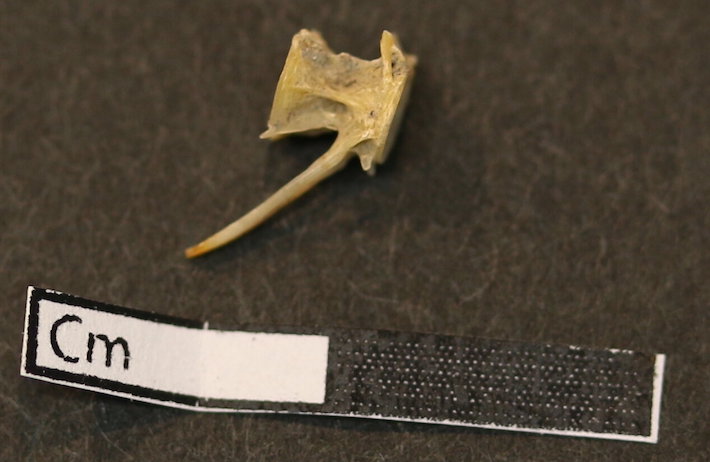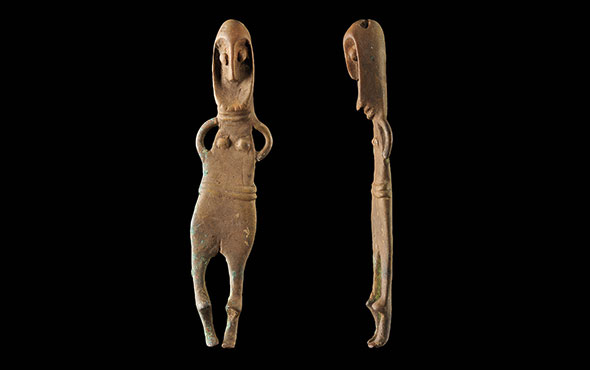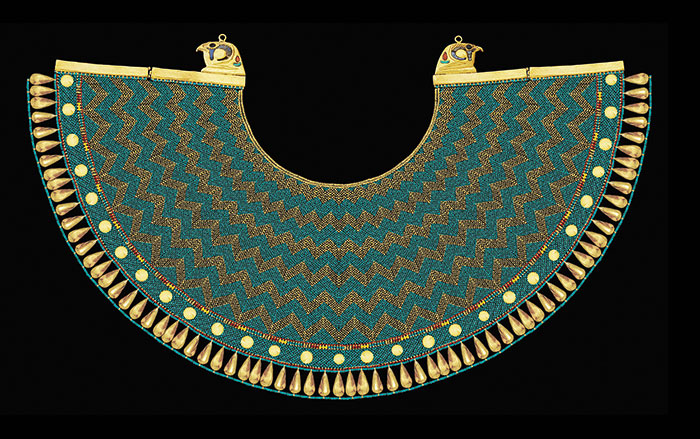
OSLO, NORWAY—According to a statement released by the University of Oslo, the origins of the herring trade have been pushed back about 400 years to A.D. 800. Biologist Lane Atmore of the University of Oslo identified herring bones from western populations in the North Sea near Sweden and Denmark in Truso, Poland, a Viking Age trading center. These fish (Clupea harengus), she explained, were adapted to higher salinity than that found in the Baltic Sea, and are therefore likely to have been shipped east. The fatty herring would have gone bad quickly without being cured in salt and smoked, she added. “You need to have extensive trade networks and to catch enough fish if it’s going to be worth the investment,” Atmore explained. The study also indicates that different populations of herring were targeted by the fishing industry into the medieval period. Read the original scholarly article about this research in Proceedings of the National Academy of Sciences of the United States of America. To read about rare surviving furs recovered from Viking burials in Denmark, go to "Vikings in Furs."











